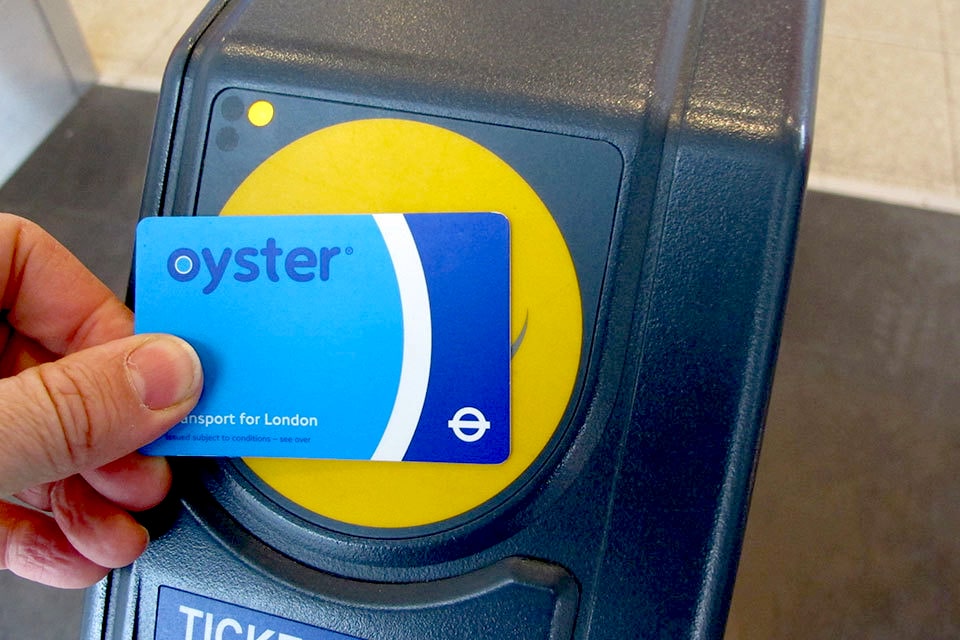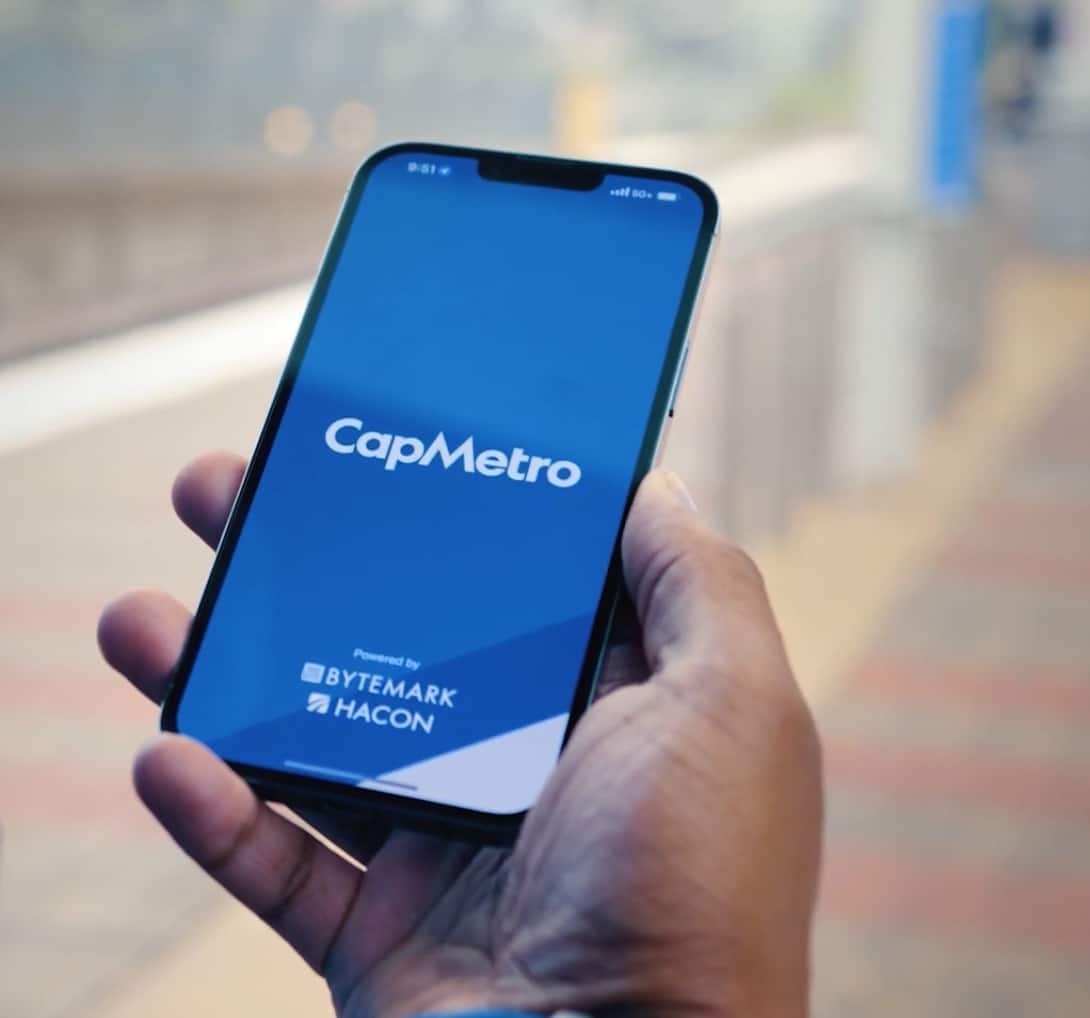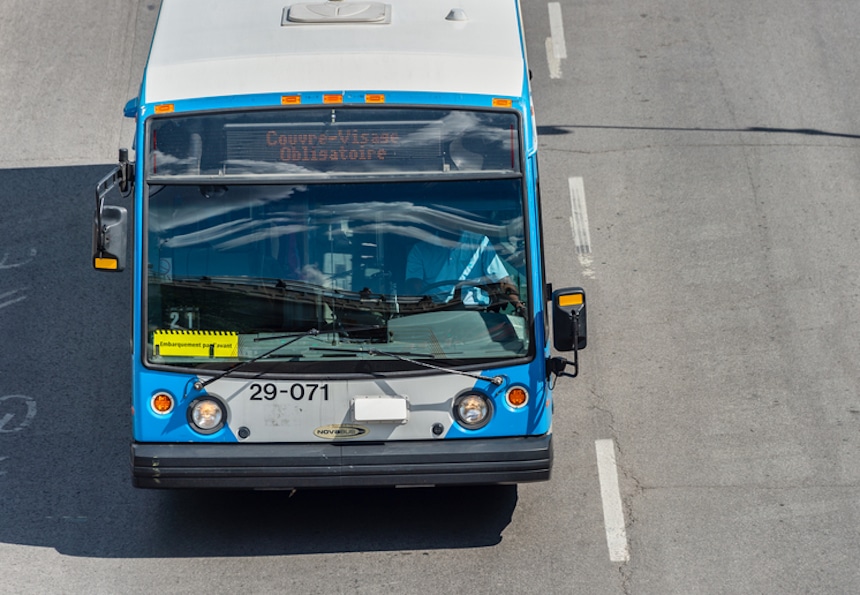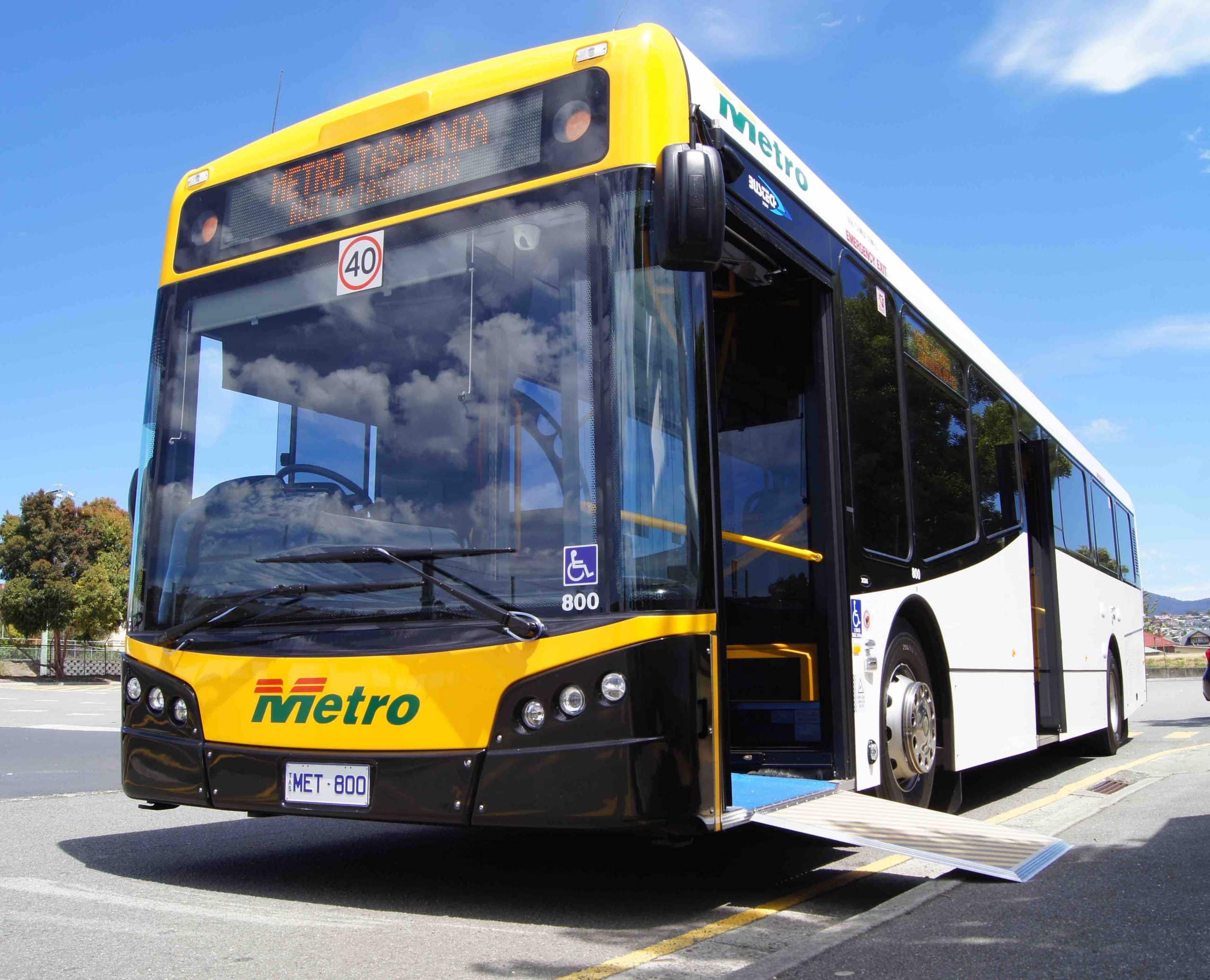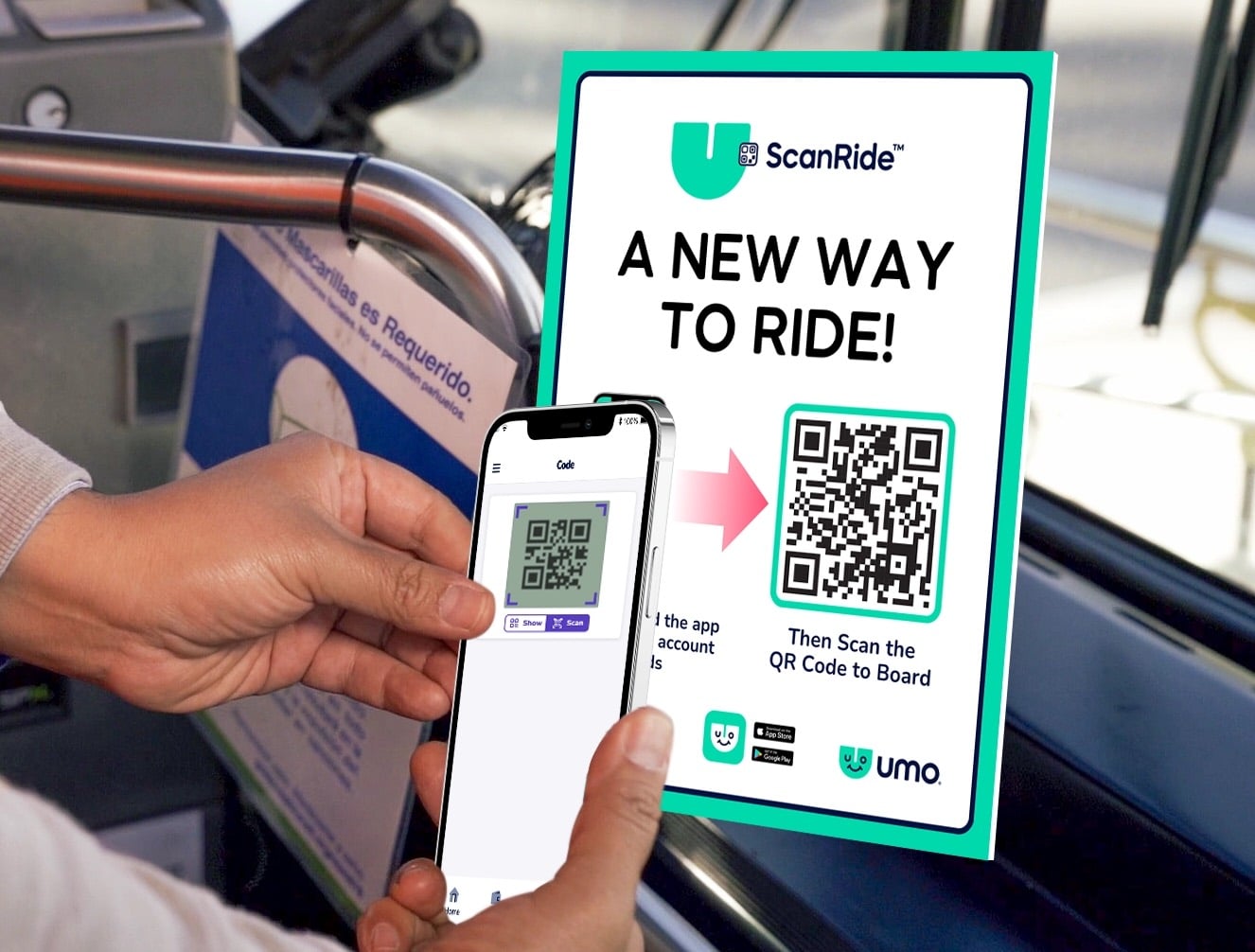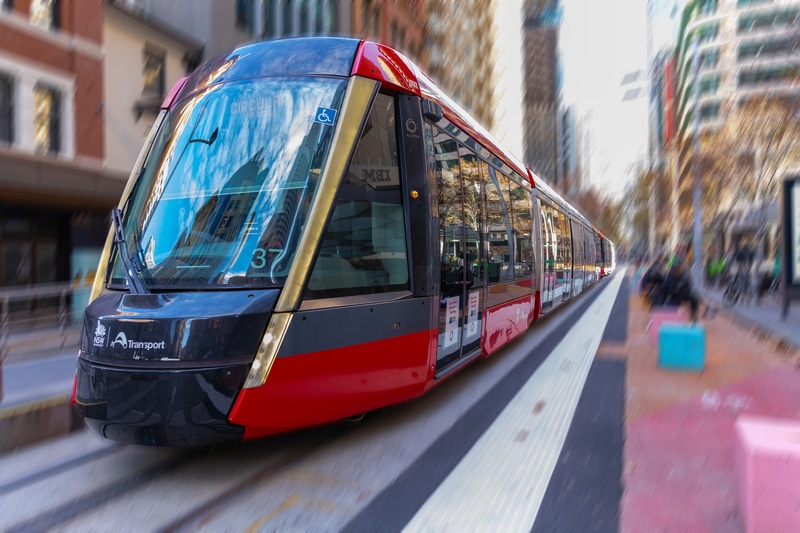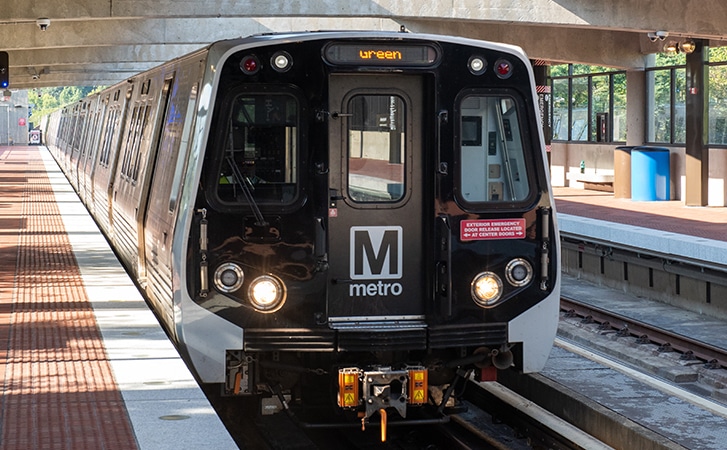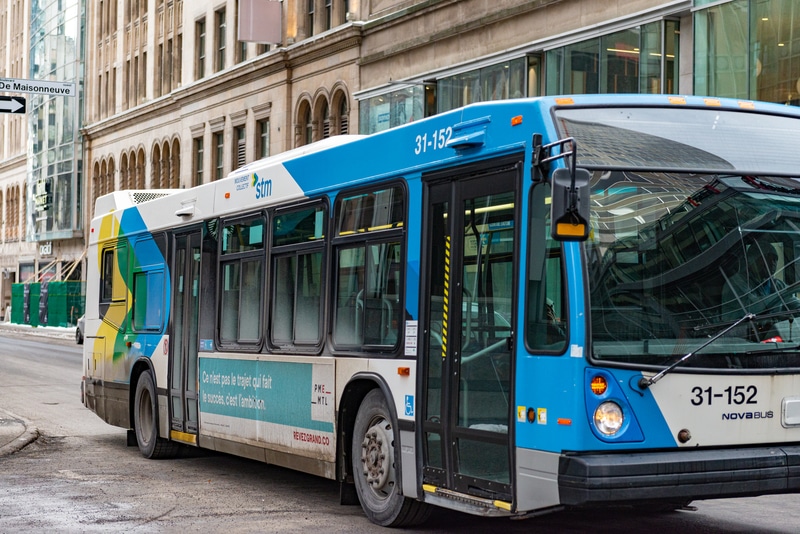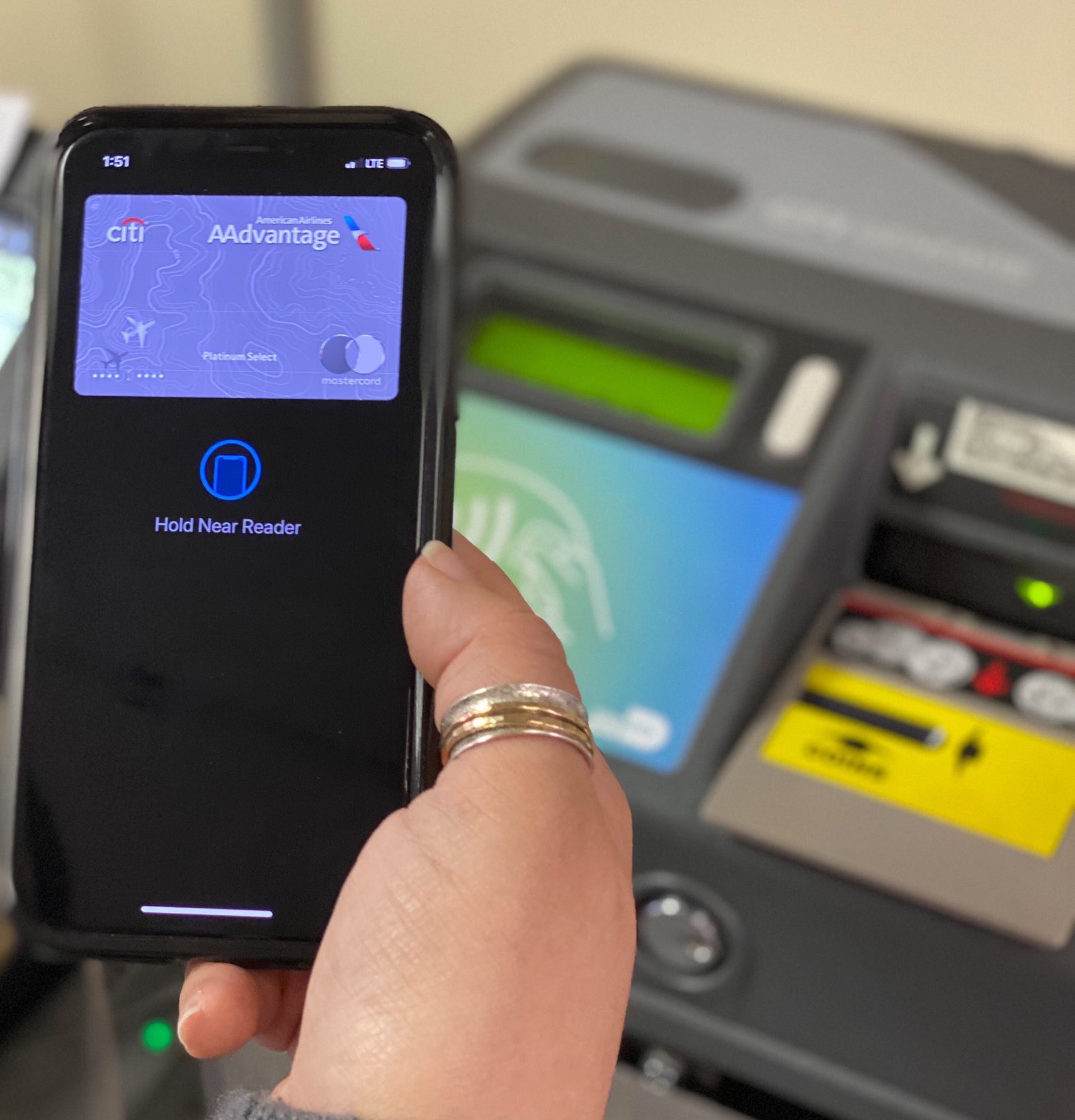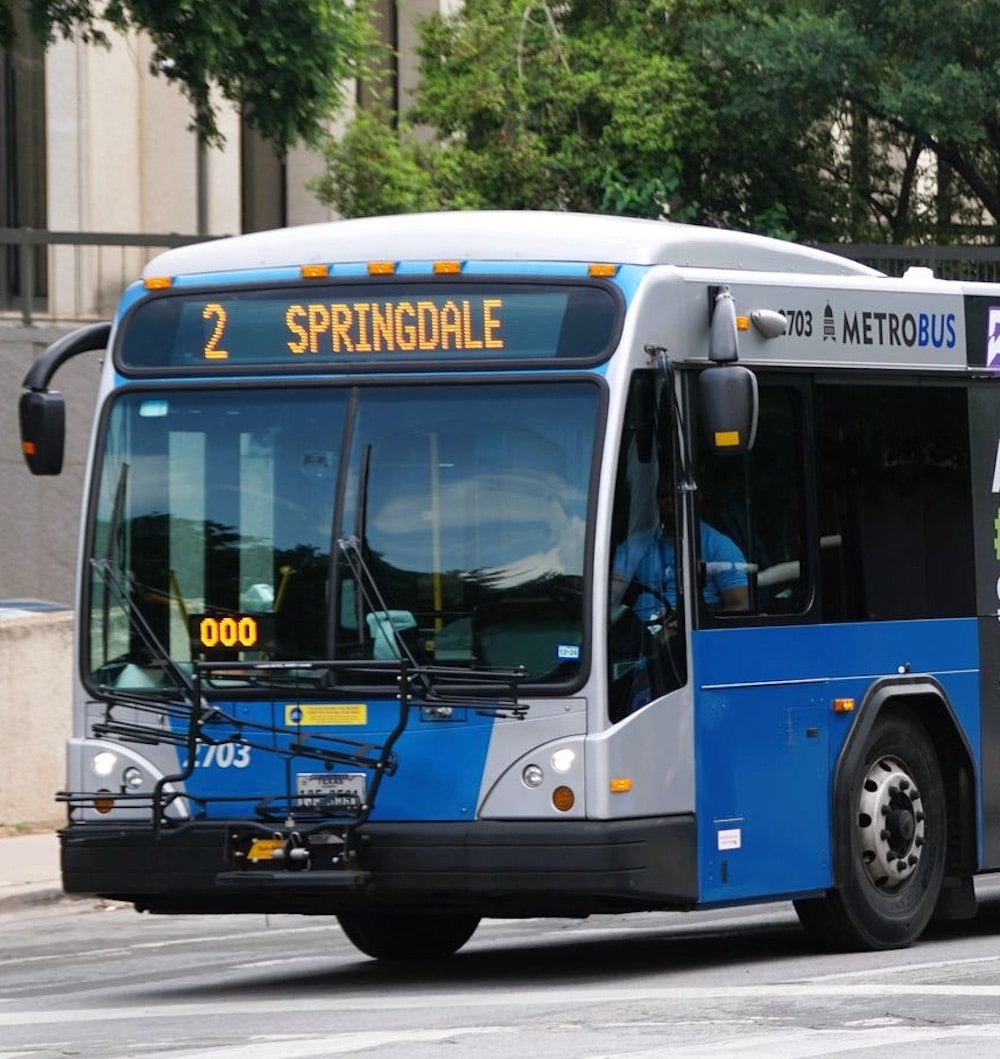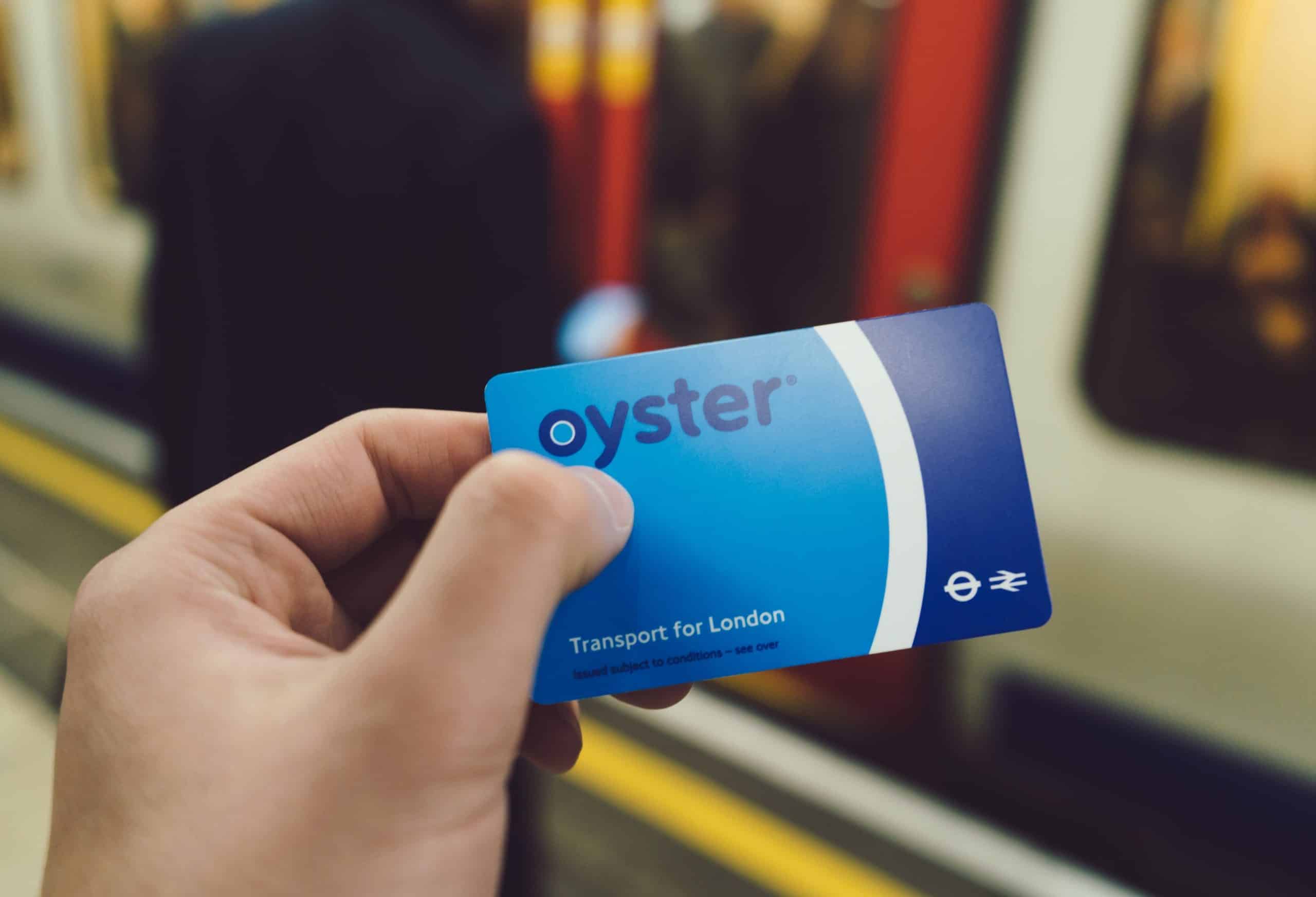
Article Highlights
With contactless fare payments continuing to increase, Transport for London has had to refute speculation that its closed-loop Oyster card is on its way to retirement after nearly 20 years. That’s not the case according to the agency, which said Oyster will continue to be needed for customers who don’t have bank cards or don’t want to pay with them.
Chart: Percentage of trips paid for with various payments types.
Contactless open-loop payments have surged in recent months for Transport for London, returning to their steep growth trajectory before the pandemic, and now account for 70% of all pay-as-you-go, or PAYG, trips on the London Underground and two-thirds of PAYG trips on buses. And contactless has surpassed 50% of all trips–including those made with season tickets (see new chart below).







